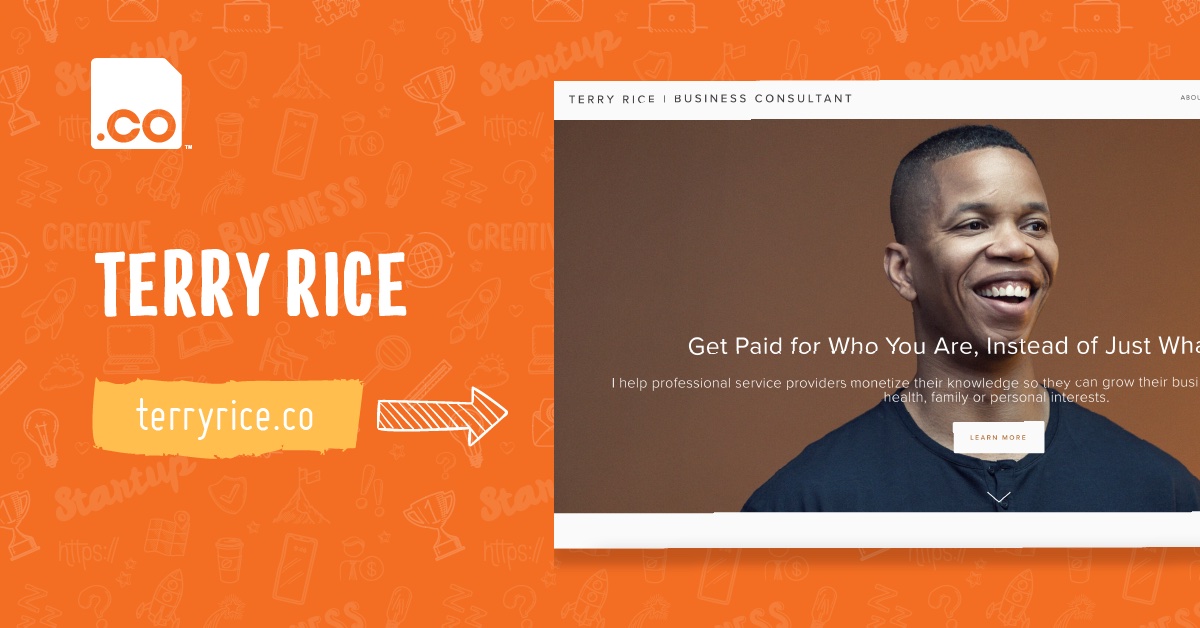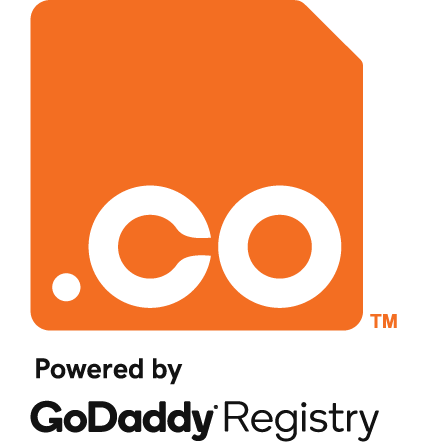Shel Horowitz, shel at greenandprofitable.com, shows you how to “reach green, socially conscious consumers with marketing that has THEM calling YOU.” He writes the Green And Profitable column and is the primary author of Guerrilla Marketing Goes Green (John Wiley & Sons, 2010).
Good news! Growing at 29 percent a year, the green market is eager for new products, services and ideas. And it’s especially eager for affordable, effective, and truly eco-friendly creative solutions to long-standing problems. If you can figure out something that matches those three criteria, you’re probably sitting on a winner. Just ask yourself what problem you can solve, or longing or craving you can satisfy. Then ask yourself who needs this problem solved, or that desire sated. Then all you have to do is figure out where they congregate, and reach them with powerful targeted messages that make them feel you’re talking just to them.
Here are three companies that have found ways to follow this winning formula…
Marcal:
Marcal, a New Jersey-based manufacturer of recycled napkins, toilet paper, paper towels, and tissues, was a very early pioneer in using recycled raw materials. The company began using some recycled paper all the way back in 1950—but neglected to tell anyone for decades.
It’s understandable that this would not have been a bragging point in the antiseptic 1950s and even into the early1960s—but by the mid-1970s, there was a clear constituency for recycled paper; by keeping it a secret, Marcal was leaving money on the table. It’s only been in the last decade or so that the company has begun to see this long history of going green as a marketing asset. Since 2009 and the launch of its Small Steps branding, Marcal has “seen the light” and focused its entire brand around the green customer—in the process becoming the largest seller of 100% recycled toilet paper in the US.
Go Flushless:
Addressing the tens of millions of gallons of water wasted flushing small amounts of urine, Bill and Jane Monetti developed Go Flushless, an enzyme compound that elimates odor and stain when urine remains in the toilet. This elegant solution is far easier and cheaper than hardware modifications; anyone can pull the trigger on a standard hand-operated spray pump.
In addition to green consumers who care about saving water, who else might find a use for this product?
How about homeowners who live with private wells or septic systems? This group has a strong interest in conserving water so as to extend the lifespan of its infrastructure while reducing the number of septic tank pumpouts.
Another large market would be people who live in places that face drought frequently, and where the culture has shifted in favor of flushing less—as it has in California, for example. Those folks are already letting the yellow stuff sit, and they would welcome a simple solution to the problem of odors and stains.
Ben & Jerry’s:
Just two companies control more than 90 percent of the US superpremium ice cream market: the mighty Häagen-Dazs®, a slick, luxurious presentation dating back to the 1920s, founded in populous New York City, and owned since 1983 by Pillsbury (which in turn has been owned by General Mills sine 2001)—and an upstart counterculture ice cream developed by two hippies with no previous business experience, originally run out of a converted auto repair garage in Burlington, Vermont. Each typically attracts between 40-45 percent of the market, while the hundreds of remaining players carve up the remaining small slivers of market share.
The hippie brand, of course, is Ben & Jerry’s, with its silly flavor names, simple packaging (done until the last few years in a handwriting font), open commitment to progressive causes, and in-your-face marketing that broke all the rules of corporate America in general, and especially the rules for luxury brands.
Ever wonder how it is that this funky company and its long-haired non-MBA founders were able to go head to head with a classic luxury brand that had a 50-year head start?
My hypothesis is that its very outrageousness made the company stand out, and its commitment to environmental and social justice causes, along with its high visibility at events that draw crowds of progressives (such as environmental fairs and music festivals), where it often sponsors, samples, and sells, attracts a values-conscious, anti-corporate consumer who actively wants to support a company that shares its values. In other words, its very public stances in favor of alternate energy, fair trade, business as a lever for social change—and its public shaming of Pillsbury for anticompetitive practices in the 1980s—drew enough of a customer base that it became a big enterprise itself.
Each of these companies has found a niche within the green market, and a strategy that attracts its best customers.




